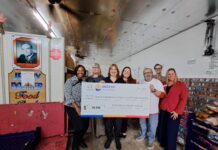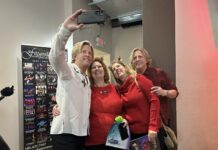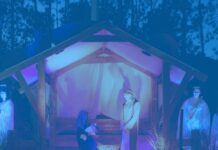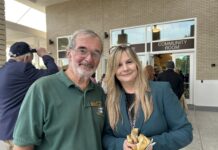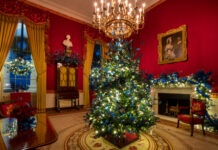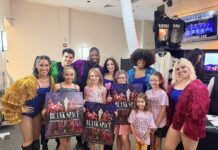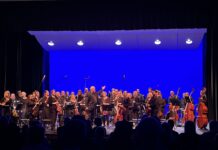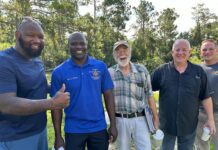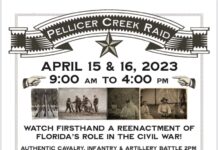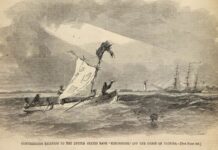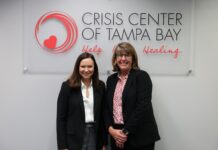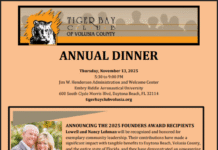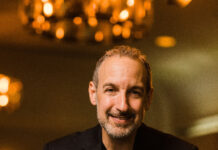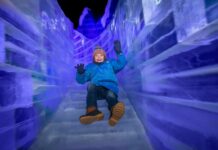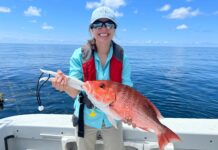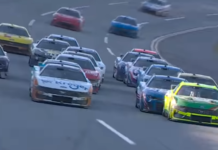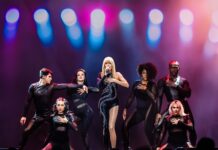If you’ve ever looked at a photo line up of stills for the latest show presented by any number of community theaters across the region, there’s a good chance you’ve seen the work of photographer extraordinaire Mike Kitaif.
As this week’s The Big Five guest, we finally meet the man behind the lens.
-
How did you get into photography?
Photography has been a hobby since high school. Several of my friends had cameras and we were always trying to buy the best cameras we could afford. I surfed, raced motorcycles and raced sailboats so there was always great material to photograph. Nightlife sometimes consisted of low light photography which I fell in love with. We would go downtown when all the shops were closed to photograph low light street scenes.
I have worked in the photogrammetry field for many years which involves making measurements from photographs. Along the way, I started writing software to help collect 3D data from photographs and I formed several companies during that time. In 2005 we were awarded a NASA contract to supply software that made measurements on the Space Shuttle while in flight. We worked the last 22 Space Shuttle missions with NASA. They are still one of our clients and we are currently helping them position cameras on Moon and Mars landers to produce 3D video on descent and 3D maps after touchdown.
Along with theater photography, I am one of the photographers for the UCF Marching Knights. To be in the middle of the band with a camera stuck to your face and hear their sound is a very exciting experience. There is so much energy. The photos of the band never do it justice. You have to hear it.
Both my wife and daughter are actresses. Some years ago, I tried to photograph my daughter at school functions and plays. It was very difficult but it made me fall in love with theater photography. The first theater photos were pretty bad and I appreciate the theaters for letting me learn on their time.
-
What do you enjoy most about being behind the lens?
The world goes away when you’re behind the lens and you focus on the small slice of life in front of the camera. I find the most interesting subjects to photograph are people. I also find that people are at their finest when they are on stage being someone other than themselves. It makes incredible material for photographs.
-
What has been your biggest challenge when shooting the arts around the region?
My favorite theme is theater dress rehearsals but it is the most challenging. You’re always starved for light and the available light is normally dim and changing. Add to this, actors and(or) dancers that are moving. Plays tell a story and to tell a small part of that story in the small fraction of time that is a photograph is the ultimate, but elusive, goal. Once in a while, you will get a photo that captures the heart and soul of a scene that makes it all worthwhile.
-
Is there anything on your bucket list you’d love to photograph?
My dream would be to photograph a dress rehearsal at the Metropolitan Opera House in New York.
Another item on the list, although a dangerous one, would be to photograph a street riot, preferably at night.
-
What advice would you give aspiring photographers?


